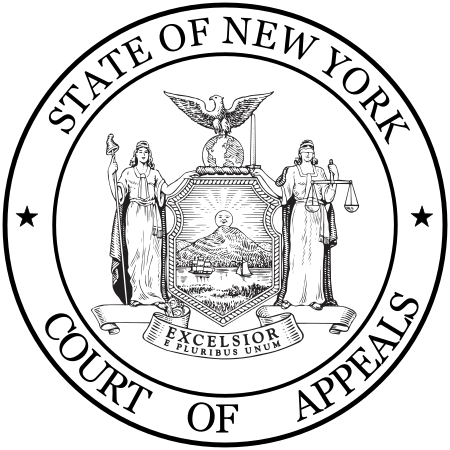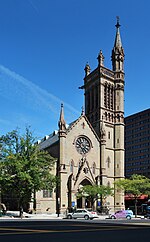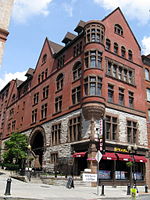New York Court of Appeals
1847 establishments in New York (state)Courts and tribunals established in 1847New York (state) lawNew York (state) state courtsNew York Court of Appeals ... and 2 more
Organizations based in Albany, New YorkState supreme courts of the United States

The New York Court of Appeals is the highest court in the Unified Court System of the State of New York. The Court of Appeals consists of seven judges: the Chief Judge and six Associate Judges who are appointed by the Governor and confirmed by the State Senate to 14-year terms. The Chief Judge of the Court of Appeals also heads administration of the state's court system, and thus is also known as the Chief Judge of the State of New York. Its 1842 Neoclassical courthouse is located in New York's capital, Albany.
Excerpt from the Wikipedia article New York Court of Appeals (License: CC BY-SA 3.0, Authors, Images).New York Court of Appeals
Eagle Street, City of Albany
Geographical coordinates (GPS) Address Nearby Places Show on map
Geographical coordinates (GPS)
| Latitude | Longitude |
|---|---|
| N 42.652319 ° | E -73.753946 ° |
Address
New York State Court of Appeals (Court of Appeals Hall)
Eagle Street 20
12207 City of Albany
New York, United States
Open on Google Maps









